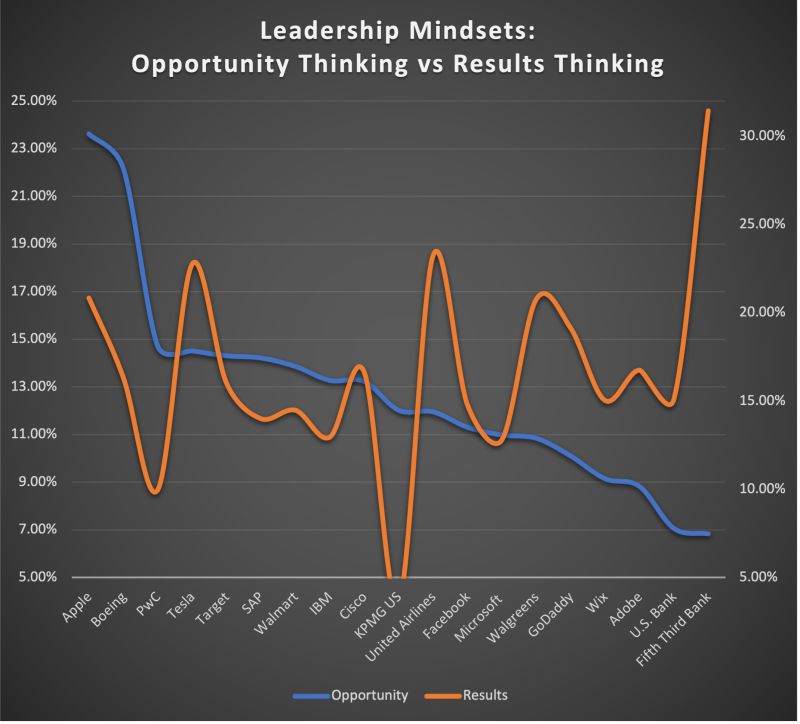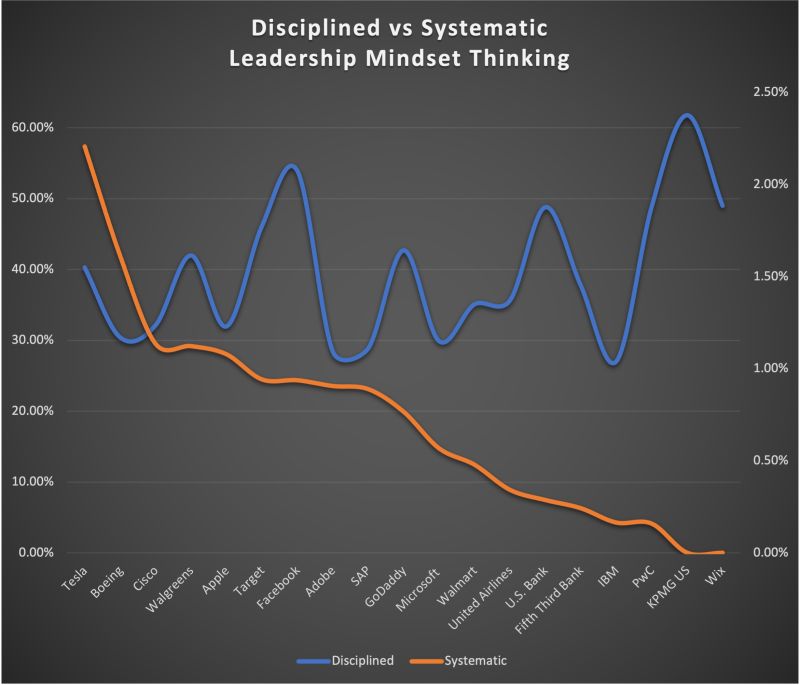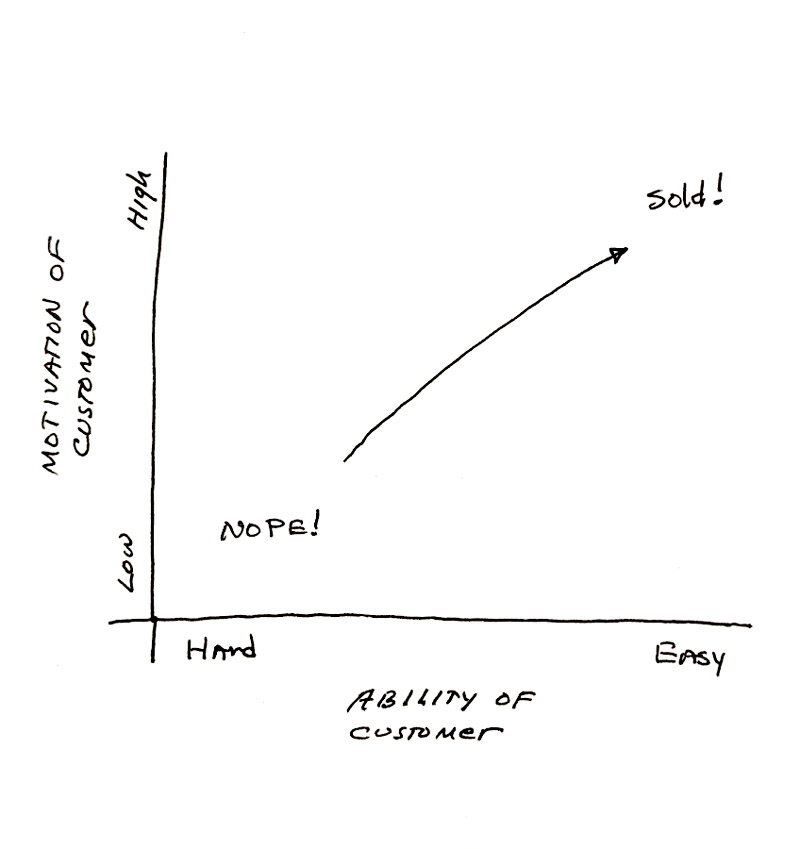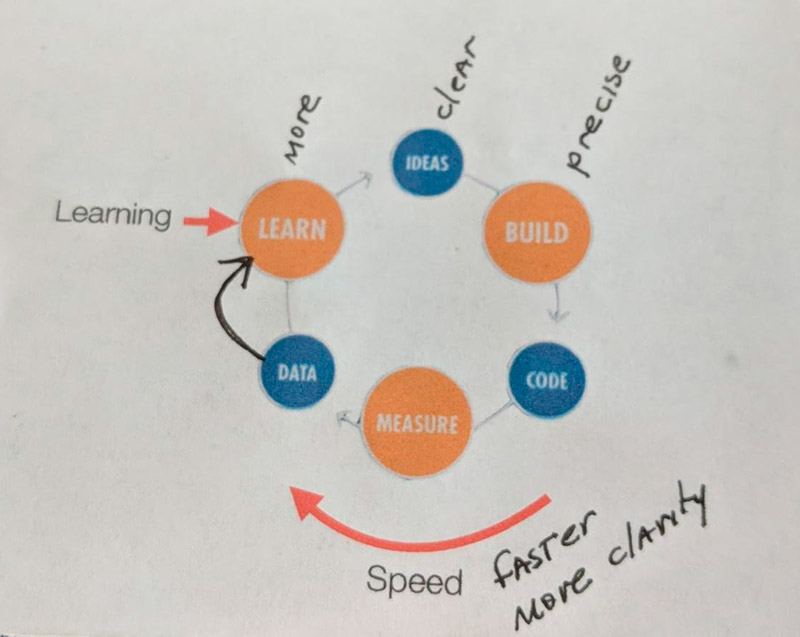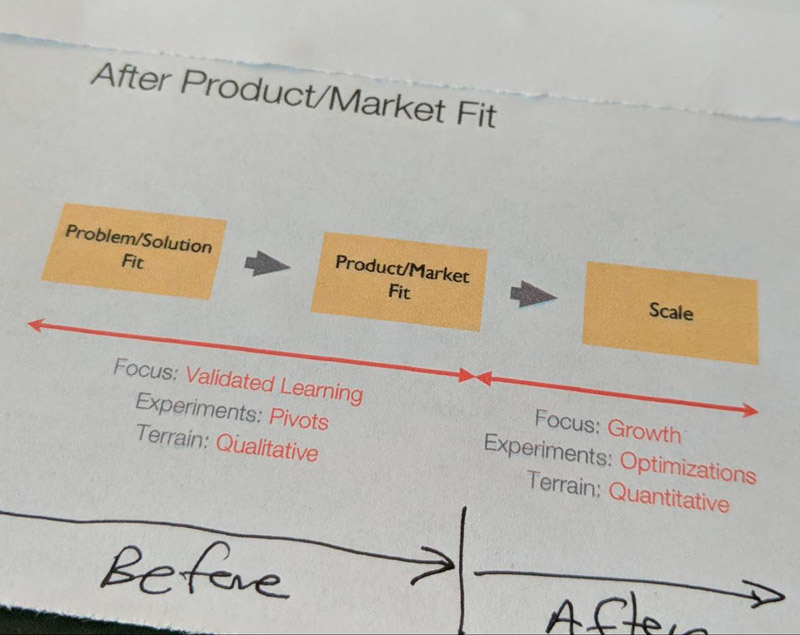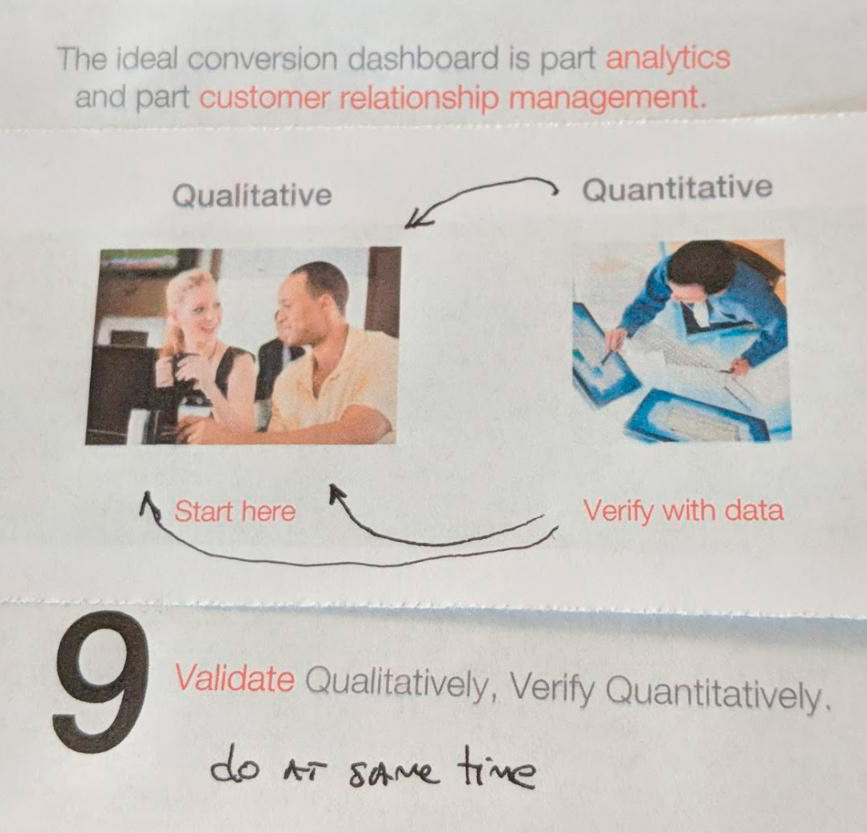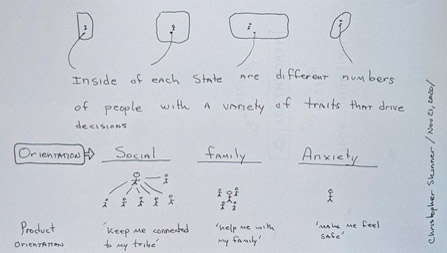Alphabetically, size, price, type, similarity, and even random are just some of the ways companies with large distribution centers arrange their warehouses in order to optimize time between order creation and fulfillment. Similar to how UPS revolutionized the logistics of home delivery with their “no left turn” strategy; is there an optimal way to arrange products within a warehouse to reduce the time-to-fulfillment thereby lowering overhead and increasing customer satisfaction?
There just may be, and the arrangement is by personality!
Our findings show that people buy primarily based on desire and justify the details in order to satisfy inherent feelings. Is it logic? Are we just being human? The creative types have been saying this motivation has existed for years but it has been difficult to verify. What about the camera you just bought? Yes, you are likely to add a lens cap and case to your purchase which intuitively means fulfillment centers should be arranged in such fashion. But is it possible that something that appears irrational on the surface is actually the most optimal in practice?
If products were located based on personality in fulfillment centers, much shorter distances may be traveled by warehouse staff. Even in the wishful days when machines are extracting all product, a ton of energy and time can be cut if we physically locate products based on desire, personality, and traits. In addition to cutting time, accuracy of orders will increase dramatically.
It’s time for warehousing, distribution and marketing (recommendation, merchandising, etc.) to get on the same page. Time to locate the wine next to glasses, strawberries next to chocolate and make everyone’s lives more efficient and profitable. On the surface our logic appears random but the data backs it up. Products that seem very distant should be collocated in the warehouses, on the shelves, and in marketing plans. Just like dating, timing and personality is everything.
Let’s take a look at how two well-known e-commerce sites with millions of orders arrange and operate their fulfillment center. Their actual names will be genericized for discretionary reasons. We’ll review their initial intake/stocking methodologies and fulfillment processes in order to gage whether the hypothesis that stocking initial intake of products by their correlation to Myers–Briggs Type personality can reduce time of fulfillment. As a reminder; Myers–Briggs Type Indicator (MBTI) is designed to indicate psychological preferences in personality and decision making by which humans experience the world – sensation, intuition, feeling, and thinking – and that one of these four functions is dominant for a person most of the time. The MBTI was constructed for normal populations and emphasizes the value of naturally occurring differences. “The underlying assumption of the MBTI is that we all have specific preferences in the way we construe our experiences, and these preferences underlie our interests, needs, values, and motivation.[1].
Site A Operations:
Intake and Initial Stocking Methodology: Random. As products arrive they are placed anywhere in the warehouse that has space and the location is scanned into the system.
Fulfillment Methodology: Prior to an order being filled an algorithm based on the quickest time to fulfillment generates the optimal path for individuals to take within the warehouse.
Figure A provides an elementary optical overview of Site A’s warehouse operations. In this example, items are stocked randomly. When an order came in for a two CD’s, a baseball bundle and a pair of shoes, based on where the items were randomly place upon intake, an algorithm generated the optimal path to take around the warehouse to collect the items to satisfy the order.
The benefits to Site A’s operations are that minimal time is spent during the intake and stocking process because any product can go anywhere, as long as the products location is identified while stocking. The algorithm that generates the optimal path for fulfillment is the key component to the success of this process. The questions are; does the time that Site A saves during the disregard for intake and sorting supersede the time spent on fulfillment even if the fulfillment path is optimized? Should consumers’ action and personality be a factor in these logistics?
Site B Operations:
Intake and Initial Stocking Methodology: Product based. As products arrive they are placed in designated areas in the warehouse; traditionally by Global Product Classification (GPC) or United Nations Standard Products and Services Code (UNSPSC) which classify products by grouping them into categories based on their essential properties as well as their relationships to other products.
Fulfillment Methodology: Prior to an order being filled an algorithm based on the quickest time to fulfillment generates the optimal path for individuals to take within the warehouse.
Figure B provides a simple visual overview of Site B’s warehouse operations. In this example, items are stocked by products and product similarity (i.e. CD’s with electronics, shoes with clothing, etc.). When the same order came in as in Site A’s example (two CD’s, a baseball bundle and a pair of shoes) based on where the items were place upon intake, an algorithm generated the optimal path to take around the warehouse to collect the items to satisfy the order.
The benefits to Site B’s operations is that the layout of the warehouse is logical and products are easier to find if an algorithm is not available. If an algorithm has been developed to generate the optimal path for fulfillment it is still a key component to the success of this process but not as dependent as Site A. Site B has some flexibility in the algorithms accuracy due to the logical layout of the warehouse. The questions are: did the upfront sorting and stocking by product classification save anytime when making fulfillments? And as with Site A, should consumers’ action and personality be a factor in these logistics?
The simple answer is yes and yes! We have been stocking warehouses relatively the same for the past 50 + years, it may be time to arrange by our multiple personalities.
If we understand how each of the 16 Myers–Briggs Type Indicator (MBTI) are attracted and related to each product we may be able to arrange a warehouse based on personality and likelihood to purchase as illustrated in Figure C. For instance, the ISTJ personalities are defined as responsible executors. Individuals with this type of personality are generally attracted to logical and conservative products such a simple black or blue suit, tasteful furniture, and standard cleaning supplies. So can products be grouped into personality likelihood of purchase? The answer is yes! MakeBuzz uses proprietary computational linguistics software to translate the hundreds of data points they’ve aggregated on a persons’ interests, demographics and activities into a set of traits that make up Myers-Briggs types. Their database contains the personality profiles of over 219 million people, which means they can generally match ~50 % of any given CRM filled with products and consumers actions.
So what if arranging products by personality in a warehouse and could save 1, 5, or even 10 seconds off the average time of fulfillment. What could that do to operating costs? Table A illustrates just that.
If a well know e-commerce site accepts on average 35 orders every second based on an 8 hour day and arranging their warehouse by personality reduces time to fulfillment by only 1 second, the site can save almost $80,000 per day or over $28 million in efficiencies per year. If the fulfillment time can be reduced by a mere 10 seconds the annual efficiency savings could surpass $86 million.
Without leveraging consumers’ personality traits and how they relate to potential product purchases we may missing out on an opportunity to optimize operations in large distribution facilities. If we are able to combine current organizations CRM’s with personality traits we begin to paint a more robust picture of consumers which ultimately proved better experiences and increased revenue.
This hypothesis can easily be integrated into an organizations current operations and tested prior to any warehouse reorganization. Historical data can be used to measure actual results and actual savings via a virtual warehouse configure by personality type. So, to ensure success in the future, perhaps it is time to arrange us all by our multiple personalities in order to be placed on a million dollar date.
Co-Authors:
Tom Stanek: Versatile, dynamic leader and team builder offering record sales with top level consumer and client support.
Christopher Skinner: Personality software Inventor – connecting personalization to personality.
[1] Myers, Isabel Briggs with Peter B. Myers (1995) [1980]. Gifts Differing: Understanding Personality Type. Mountain View, CA: Davies-Black Publishing. ISBN 0-89106-074-X.
